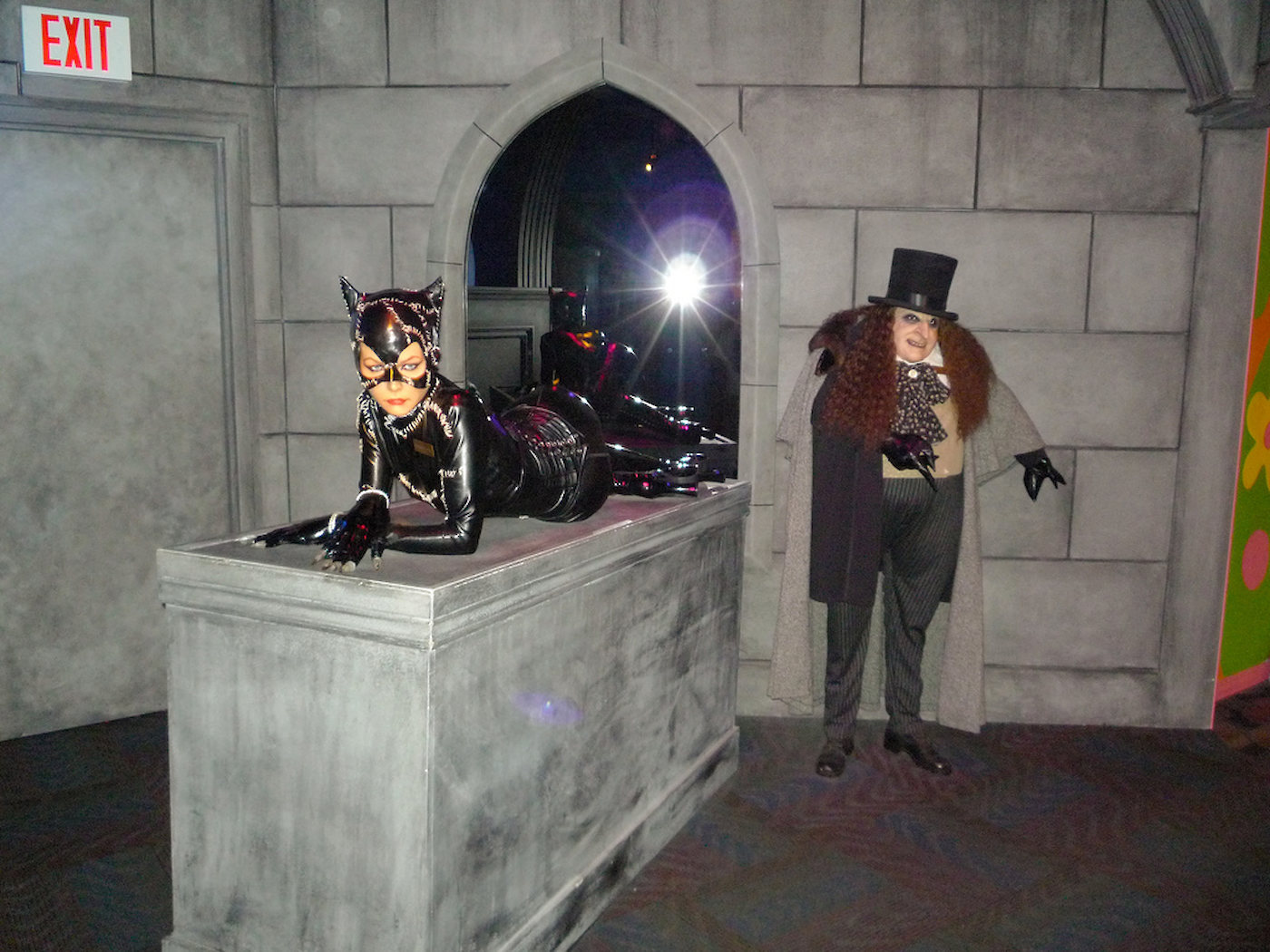

Tourists listening to an audio tour on Alcatraz Island, San Francisco, in 2015.

Both sites make efforts to expand the visitor experience beyond these narrow histories, but with limited success in the public perception. Both sites have key dominant stories – the image of Alcatraz is dominated by Hollywood visions of the island prison, while Robben Island is most closely associated with the political prisoners of the apartheid regime. Other studies looked at Alcatraz, the famous prison island in San Francisco Bay. But some research has been conducted on prison islands, notably Robben Island off the coast of Cape Town, South Africa, which was home to Nelson Mandela for 18 of his 27 years in prison. In Chicago in 1889, thousands of “dark tourists” paid a dime to visit the house where a man had been bludgeoned to death and a further dime to take away souvenir shards of blood-stained wood (no one seemed to notice that far more splinters of wood were sold than had been necessary to build the house).Īcademic studies of “dark tourism” have tended to focus on sites associated with the holocaust – particularly concentration camps such as Auschwitz.

In my book, Blood Runs Green, I wrote about the public fascination with death, and particularly brutal death, in Gilded Age America. Sites associated with death and suffering have long been commercialised. There they learn about the history of the island, from its place as a home to early Christian monks, through the key strategic role it played during the French Revolutionary Wars and the Napoleonic Era, to its reincarnation as an island prison in the 19th, 20th and 21st centuries. Visitors travel by boat from the town of Cobh to the island where they can explore the star-shaped fort which was home to thousands of soldiers and prisoners from the late 18th-century until 2004. Since the fortress reopened to visitors in June 2016, it has become a popular tourist destination, attracting over 45,000 visitors this year. Situated in Cork Harbour, one of the largest natural harbours in the world, it has been home to a monastic settlement, a military fortress and a prison. There is no doubt Spike Island has a fascinating history. It is a win for the community and also a win for so called “dark tourism”, whereby travellers seek something a tad more macabre than the traditional trip to the seaside. The island beat off competition from Buckingham Palace, the Eiffel Tower and Rome’s Colosseum to win what is described as the “Oscars” of the travel industry. Spike Island – the former fortress and prison off the coast of County Cork in Ireland – has been named Europe’s leading tourist attraction at the World Travel Awards.


 0 kommentar(er)
0 kommentar(er)
